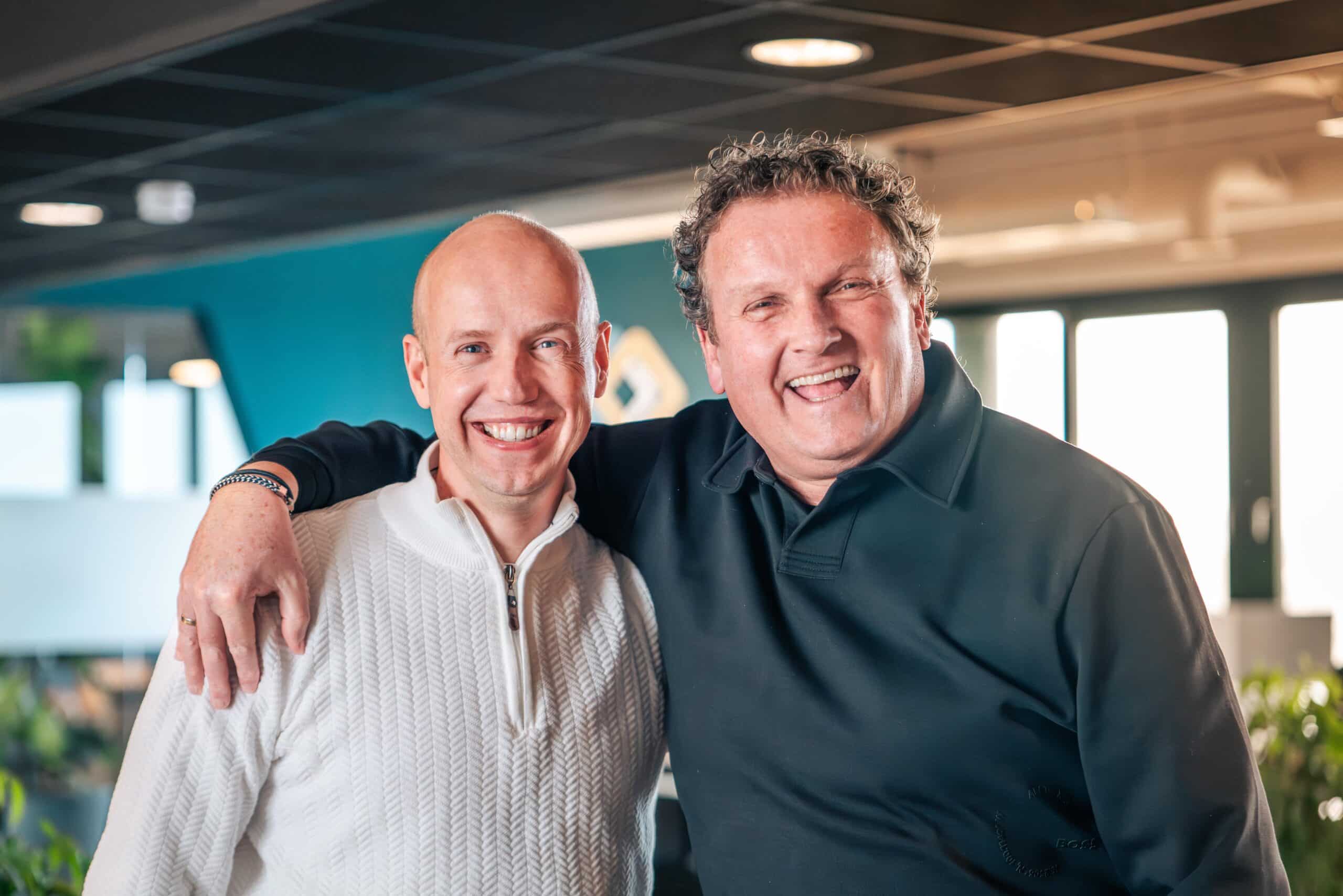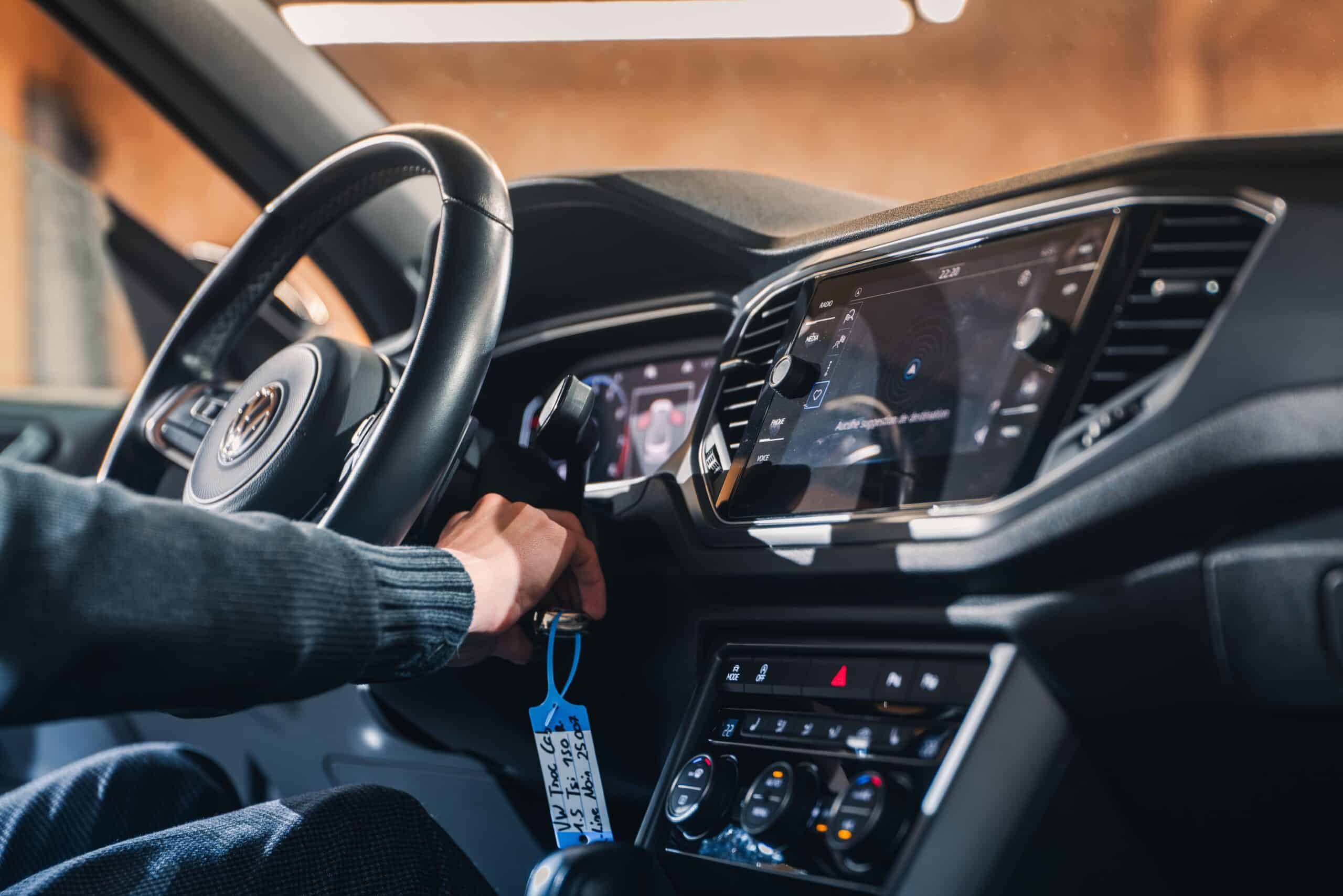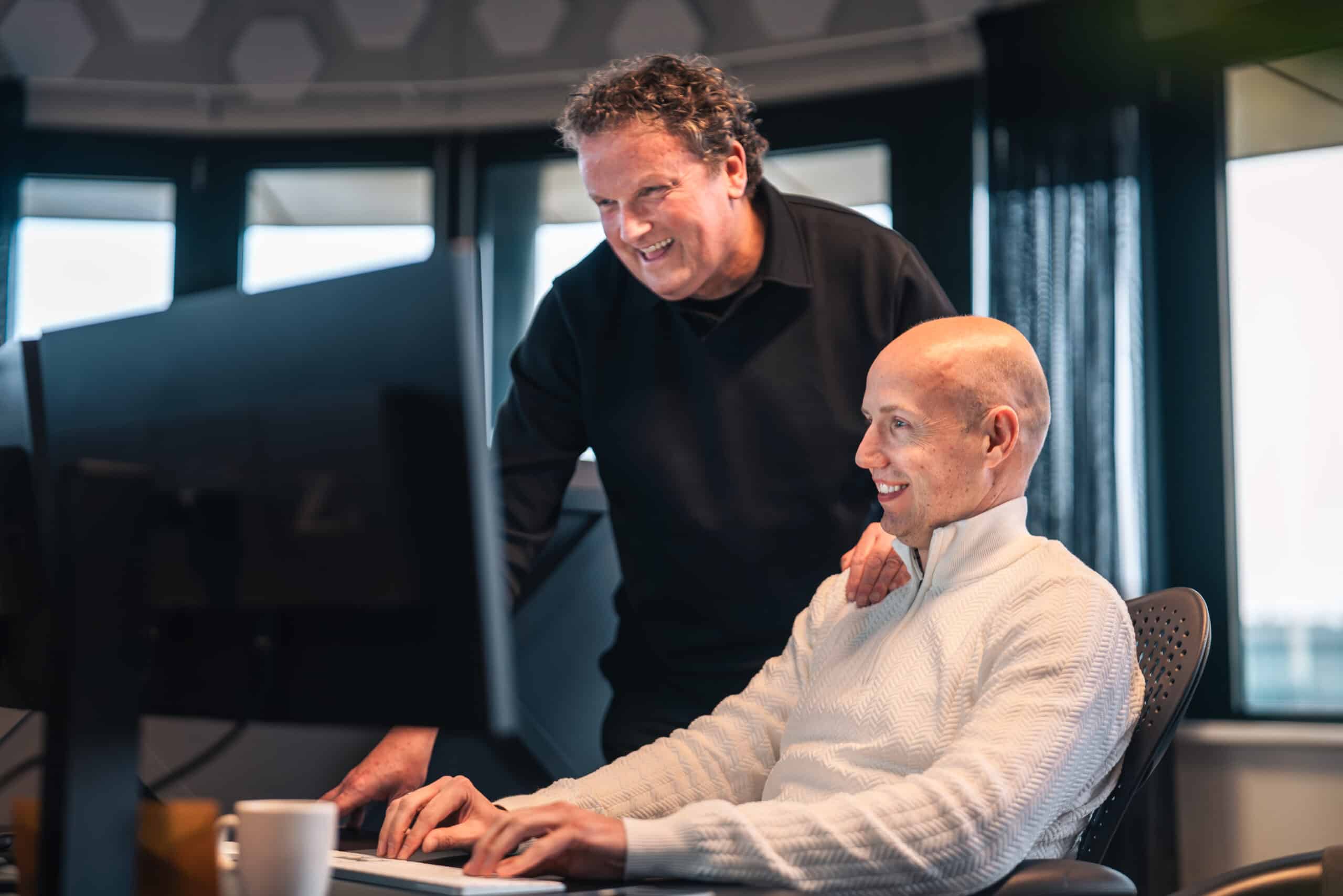Let’s be honest: car transport in europe is under serious strain. Waiting times are rising, drivers are scarce, and costs are climbing faster than an electric SUV on a fast charger. Anyone trying to move a car today is confronted with a patchwork of regulations, an inefficient market, and a lack of cooperation between players in the chain. This is no accident. It’s the result of decades of loose ends in an industry that’s been running on routine for too long.
How we got here
Transporting cars used to be simple: a manufacturer built cars, a haulier drove them to a dealership, and the customer picked them up. Margins were healthy, roads were relatively clear, and no one worried about CO₂ emissions or urban logistics. But times have changed. Globalisation brought complex supply chains. The EU introduced strict emissions rules (european environment agency, 2023). Consumers started buying online en masse, adding a new layer of logistical challenges (mckinsey, 2022).
Then came the pandemic, which shook up production and logistics across the board. Just as the sector began to recover, a new geopolitical crisis hit: soaring fuel prices, fresh sanctions, and disrupted supply of critical materials (world economic forum, 2023). On top of that, the industry is grappling with a structural driver shortage. By 2030, europe could face a shortfall of 2 million truck drivers (IRU, 2024).
The new reality of car transport
We’re now at a crossroads. Demand for transport continues to grow, but capacity is flatlining. Digitalisation has accelerated the sector, but tech adoption remains uneven. Meanwhile, governments are tightening the rules: cities are banning polluting trucks, CO₂ taxes are on the rise, and environmental zones are forcing companies to go green (european commission, 2024).
Take germany: the government recently increased truck toll rates (maut), a move that directly impacts transport costs (deutsche verkehrs-zeitung, 2024). In the netherlands, pilot programmes for zero-emission zones are underway, forcing traditional hauliers to rethink their strategies (rijkswaterstaat, 2023). In france, hydrogen is gaining momentum as a fuel for freight transport, while spain is investing heavily in rail as an alternative to road (transport & environment, 2024).
The question is no longer if the sector will change, but how fast companies can adapt.
Smarter solutions and new connections
The future demands a radically different approach. Smart tech, collaboration and sustainable innovation will determine who leads – and who lags behind.
digitalisation and AI-based planning
Smart algorithms and AI can drastically reduce empty mileage. Platforms like TransConnect prove that spotfilling – optimising unused cargo space – is a gamechanger. It cuts both costs and emissions while boosting efficiency (transconnect, 2024).sustainable fuels and zero-emission transport
Biodiesel, hydrogen and electric trucks are no longer futuristic. Volvo and Daimler are investing heavily in hydrogen-powered trucks, while Tesla’s Semi has already hit the road commercially (financial times, 2024).collaboration across the chain
Fragmentation remains one of the sector’s biggest issues. Manufacturers, hauliers, dealers and leasing firms still operate in silos. To stay competitive, the chain must be connected – shared hubs, charging infrastructure and real-time data exchange are essential (world bank, 2024).
The future belongs to the connectors
In the coming years, the car transport industry will undergo a fundamental transformation. The companies best positioned to embrace smart, sustainable and efficient solutions will thrive. And that doesn’t just mean investing in technology – above all, it means investing in collaboration.
The future of car transport won’t be claimed by the biggest players, but by the smartest and most connected ones. Those clinging to outdated habits will struggle. But those ready to seize the opportunities of innovation and cooperation are heading for a golden future.










